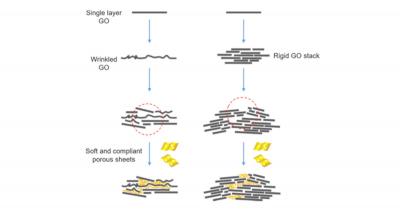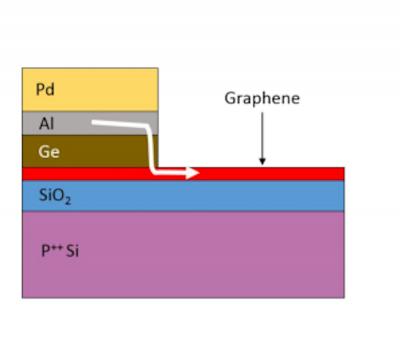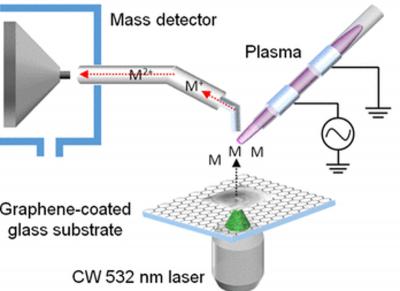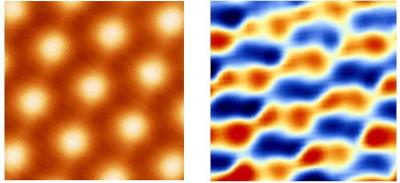Aecom uses graphene by Versarien to 3D print an arch that may modernize transport networks
Global infrastructure services firm Aecom is reportedly developing one of the UK’s first 3D-printed commercial products made from graphene-reinforced polymer.
 The CNCTArch is being tested in Bristol (Photo from Aecom)
The CNCTArch is being tested in Bristol (Photo from Aecom)
Aecom has produced a graphene arch using additive manufacturing techniques. It believes the method could reduce the time and cost of installing digital signalling systems and transform the digitization of transport networks. The 4.5-meter high, lightweight arch is being tested on outdoor track at Network Rail’s workforce development center in Bristol.






